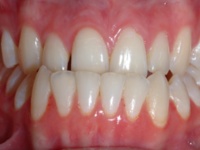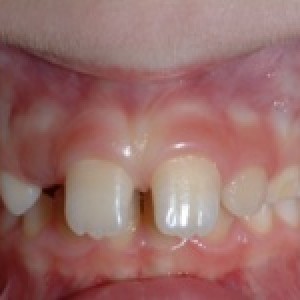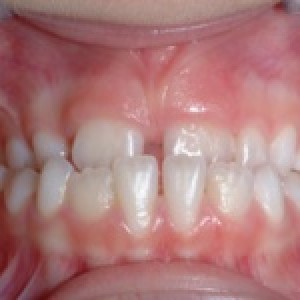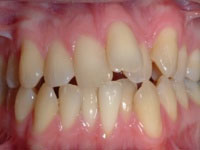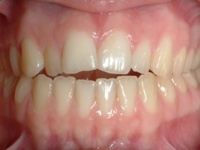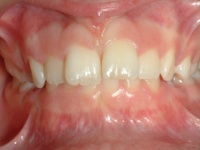The front teeth in the lower gum extend further forward than the front teeth in the upper gum, a condition often accompanied by cross bite (see below).
Various causes: The front teeth in the upper gum point inwards. The front teeth in the lower gum point outwards. The upper jaw is short and/or the lower jaw too protruding.
When the front teeth in the upper gum overlap the front teeth of the lower gum. The front teeth of the lower gum will then usually meet the upper gum and not the corresponding upper front teeth. Deep overbite can damage the upper gum behind the front teeth.
Where molars in the upper gum sit inside the molars of the lower gum.
Crossbite is often caused by diminished width growth of the upper jaw, such that the width of the upper jaw does not correspond to the width of the lower jaw.
Teeth do not have sufficient room to find their proper location. The reason for crowding is often a discrepancy between the circumference of the jaw and the width of the teeth. Teeth that are twisted or at an angle take less room than those that sit side-by-side.
When a bite does not cause the teeth of the upper and lower gums to meet.
The cause is almost always that the tongue is placed between the teeth (tongue thrusting).
The front teeth in the lower gum bite up into the upper gum. Deep overbite can damage the upper gum behind the front teeth.



